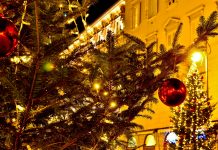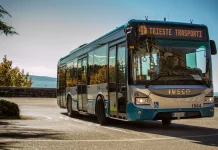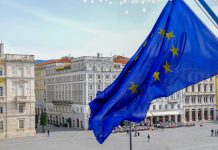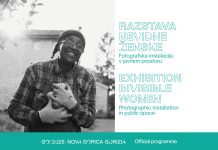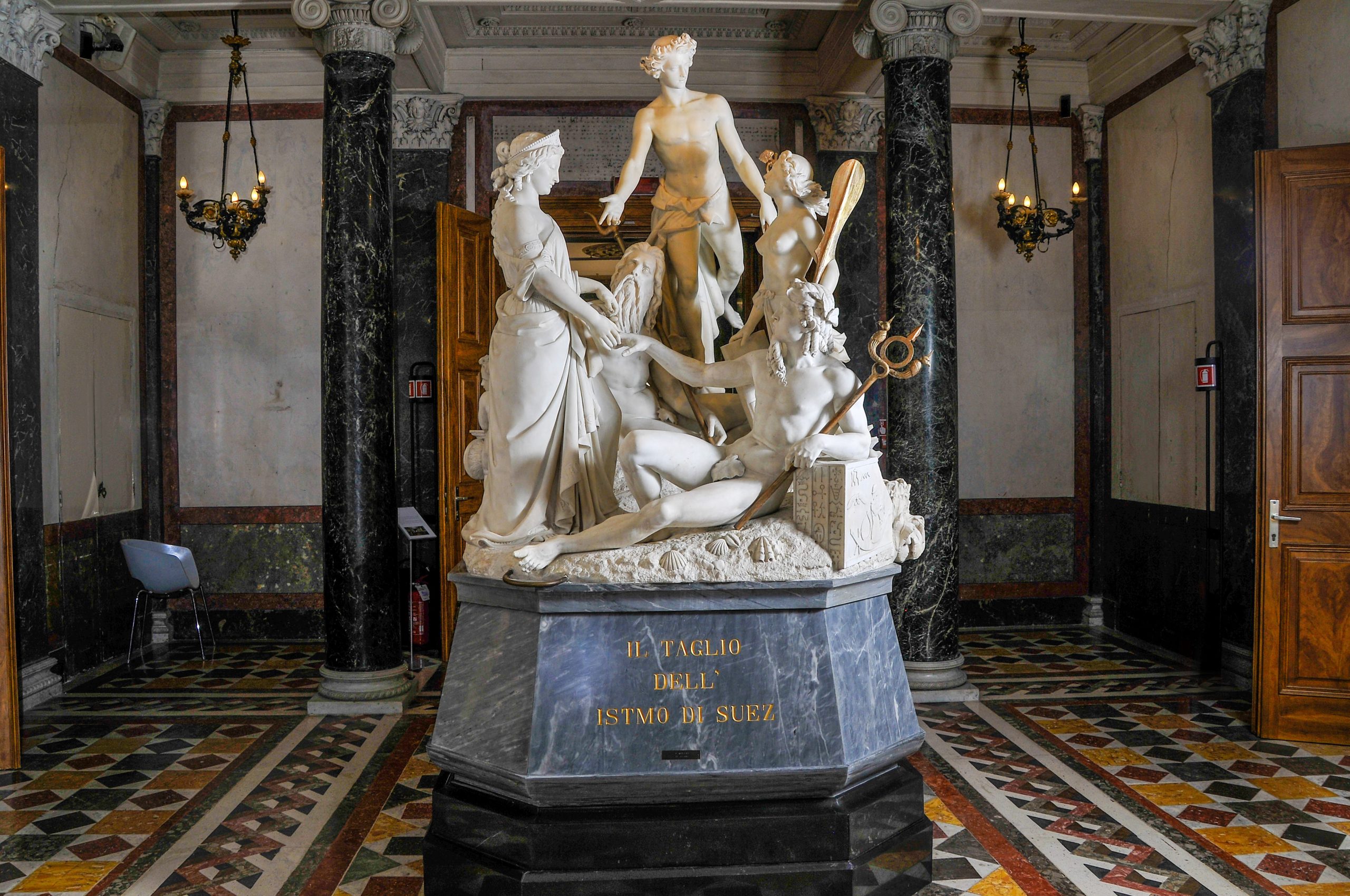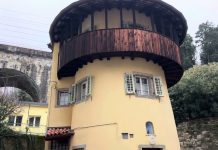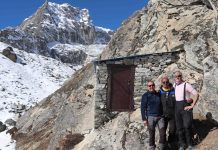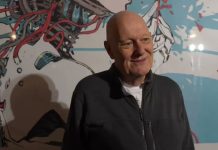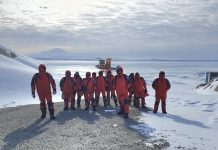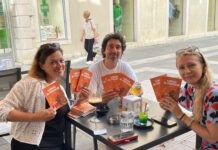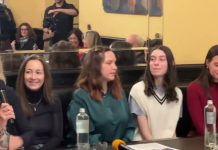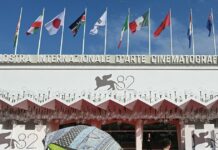interviews: Nina Vaclavikova
At Palazzo Economo in Trieste on Wednesday, Italy’s Ministry of Culture presented an extensive slate of projects and exhibitions that will define the upcoming season for the network of national museums across Friuli Venezia Giulia. The unified institution brings together some of the region’s most significant cultural sites, including the Museo e Parco Storico del Castello di Miramare, the National Archaeological Museum of Aquileia, the Paleo-Christian Museum of Aquileia, the new National Museum of Underwater Archaeology of the Upper Adriatic, and the National Archaeological Museum of Cividale.
The announcement, supported by Massimo Osanna, director general of Italy’s museum system, and led by regional delegate Marianna Bressan, outlined a strategy intended to strengthen collaboration among state and non-state institutions. The goal, officials said, is to offer visitors interconnected cultural itineraries, share curatorial resources and develop an integrated regional identity.
Bressan said the program is designed to “consolidate the visibility” of the national museum network and reinforce Friuli Venezia Giulia’s standing as a cultural destination. Museums, she emphasized, “are no longer dusty and static places” but active sites of community engagement. The region’s institutions, she noted, form a horizontal network spanning centuries of history, from the seventh century B.C. to the 19th century, and a vertical one that links them to the broader cultural landscape of the region. Shared communication tools — including a single website and coordinated visual identity — are planned for the coming year.
Mario Anzil, regional vice president and councillor for culture, attended the presentation in a show of institutional support.
Major Exhibition at Aquileia
One of the season’s centerpieces will open in early December at the National Archaeological Museum of Aquileia: “Gli dèi ritornano. I bronzi di San Casciano,” curated by Osanna and Jacopo Tabolli. The exhibition focuses on the remarkable Etruscan-Roman thermal sanctuary discovered in San Casciano dei Bagni, considered one of the most significant archaeological finds in recent decades.
After successful stops in Rome, Naples, Reggio Calabria and Berlin, the Aquileia edition will present newly excavated materials from the University for Foreigners of Siena. Installed within the museum’s recently renovated storage facilities, the exhibition highlights what is believed to be the largest collection of ancient Etruscan and Roman bronze statues found in Italy. The Aquileia presentation, aligned with the GO!2025 European Capital of Culture program shared by Gorizia and Nova Gorica, will explore themes of cultural exchange during a period of intense transformation in central Italy. It will remain on view through March 8, 2026.
The museum is also continuing a multi-year architectural revitalization. Restoration of the Lapidary Galleries is scheduled for 2026–27, alongside the completion of a multifunctional pavilion and the reopening of the maritime section, which houses a Roman vessel and a mosaic featuring dolphins from a site near Monfalcone. The ship has undergone an extensive conservation project, while the mosaic recently returned from an exhibition in Rome following restoration funded by a national initiative.
Underwater Archaeology in Grado
Another long-awaited opening is expected by the end of the year in Grado: the National Museum of Underwater Archaeology of the Upper Adriatic. Central to the project is the Iulia Felix, a Roman ship discovered in 1986 off the coast and recovered with its cargo over more than a decade of archaeological work.
After years of conservation and study, the vessel will be displayed within an exhibition tracing the economic and commercial systems of the Roman Adriatic, with Aquileia’s port system at its core. The museum, backed by the Ministry of Culture and developed with a dedicated working group, marks a significant addition to the regional network.
Accessibility and Archaeology in Cividale
The National Archaeological Museum of Cividale is advancing two major projects set for completion in 2026. Funded in part through Italy’s national recovery plan, the first aims to improve accessibility and expand public spaces. The museum’s courtyard and terraced garden — constrained by their historical location within the city center — are being redesigned to include a new educational hall and fully accessible pathways.
A second project, Il Palazzo dei Patriarchi, focuses on the archaeological remains preserved beneath the museum. The redesigned route will incorporate multimedia installations tracing the site’s evolution from the fourth century through its centuries-long role as the seat of the Patriarch of Aquileia. The underground area also forms part of the regional UNESCO serial site dedicated to Lombard heritage.
Egyptian Antiquities at Miramare
In spring and summer 2026, the Stables of the Miramare Castle Museum will host a major exhibition (working title: “Gli Egizi a Miramare”) dedicated to Archduke Maximilian’s collection of Egyptian antiquities, now held at the Kunsthistorisches Museum in Vienna. About 60 objects will travel to Trieste, illustrating themes ranging from divine representation and royal power to daily life and funerary practices.
The exhibition will also include pieces from Trieste’s J. J. Winckelmann Antiquities Museum, reflecting the broader 19th-century interest in Egyptology among local collectors. Curators intend to highlight the evolution of museum practices, including the once-common alterations of archaeological contexts, and contrast them with contemporary conservation standards.



